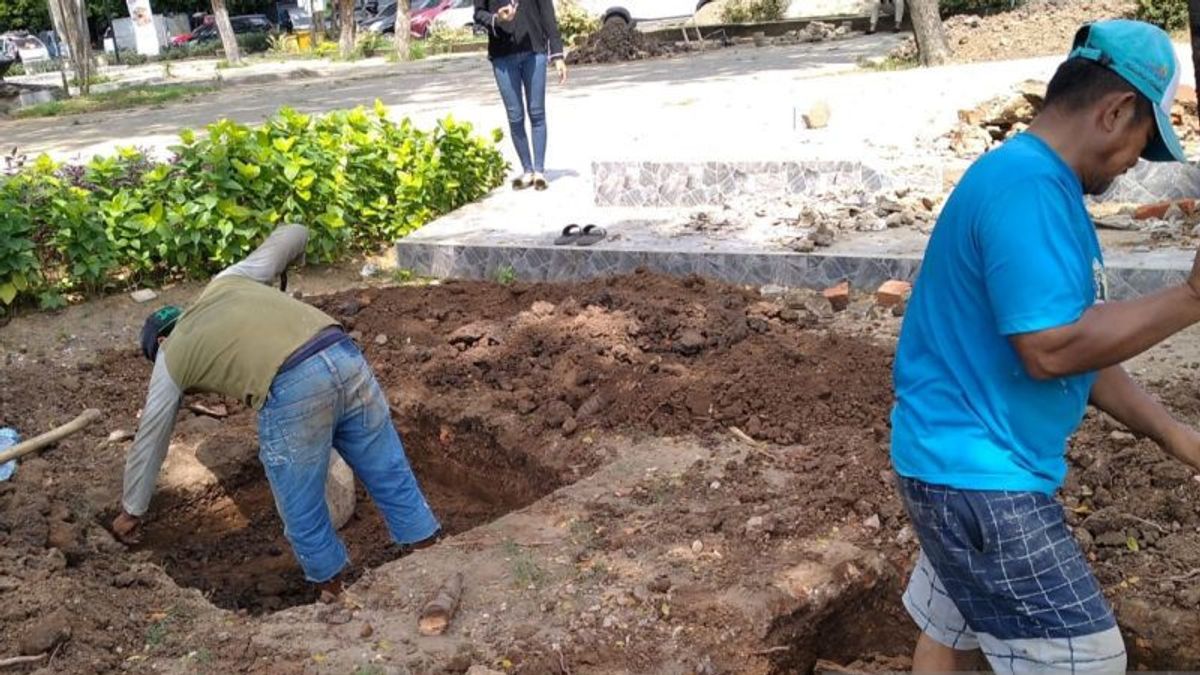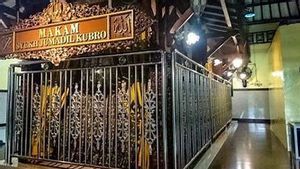PALEMBANG - A team from the Research Center for Prehistoric Archeology and History of the National Research and Innovation Agency (BRIN) discovered an ancient brick structure in excavated soil in the Sultan Mahmud Badaruddin II museum area in Palembang, South Sumatra.
BRIN archaeologist Retno Purwanti said the ancient brick structure was discovered by observing a team of archaeologists from all four sides of the excavation to make the foundation for the installation of billboard piles on Wednesday 1 June behind the Ganesha Statue, at the Sultan Mahmud Badaruddin II Museum in Palembang.
The observation was made after a team of archaeologists previously received a report from the Palembang Culture Service which found fragments of allegedly ancient bricks measuring between 7-12 centimeters long, 6-7 centimeters wide and 4 centimeters thick at that location.
"From that observation, there are two layers of bricks left in the northeast corner of the excavation. Among the broken bricks that have been lifted, there are three bricks with scratches which may be from ancient symbols and scripts," he said in Palembang, Tuesday, June 2.
According to him, the brick structure is believed to be part of the Tengkuruk Palace, which is also known as Kuto Batu or Kuto Kecik. The Tengkuruk Palace was founded in the era of the Palembang Darussalam Sultanate (1737).
"The brick arrangement is probably a fence wall around the inside of the palace that limits the courtyards of the princes' houses, the palace's princesses and the sultan's houses, as well as other parts," he said.
This refers to the findings of four layers of brick arrangement in 2014 in adjacent locations. "Referring to the palace plan made by Major William Thorn in 1811, the brick structure is likely the location of the residence of the Prince Queen," he added.
Meanwhile, Retno said the team of archaeologists still needed further observations from various historical literacys to confirm these findings.
The BRIN Archaeologist team also found several foreign ceramic shards from China and Europe which are believed to have come from the Sung Dynasty (10-12 AD), Qing Dynasty (18-20 AD) for further investigation.
The English, Chinese, Japanese, Arabic, and French versions are automatically generated by the AI. So there may still be inaccuracies in translating, please always see Indonesian as our main language. (system supported by DigitalSiber.id)












